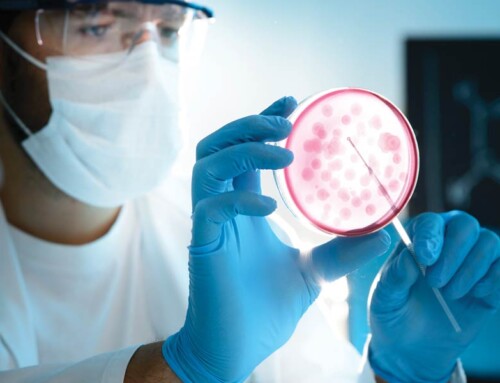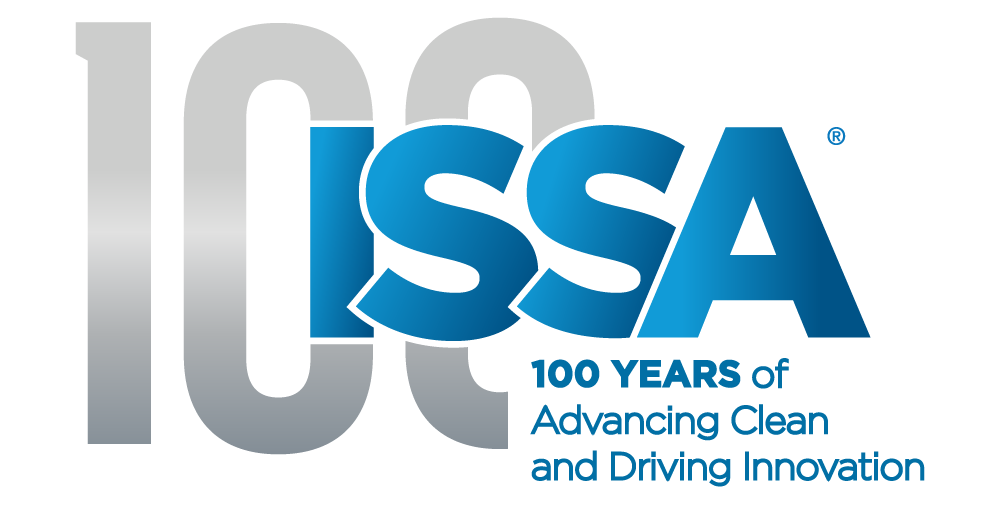Data-Driven Cleaning: Putting the numbers and Statistics into practice

It’s a very exciting time to be in the cleaning industry. More companies are embracing data-driven practices not just as a trend but as a necessity to enhance their service quality and operational efficiency. Protecting the indoor environment and human health is critical to our effectiveness.
The cleaning industry no longer simply sells labor or spends the bulk of its time emphasizing appearance and creating an illusion of cleanliness. As professionals, we focus on extracting and removing contaminants and using data to measure and improve cleaning systems and processes.
Data and managing the built environment
Cleaning professionals must act as managers of the built environment. Data-driven cleaning involves collecting, analyzing, and using data for cleaning activities to make informed decisions. By tracking metrics such as cleaning frequency, duration, and resources used, cleaning professionals can optimize their processes. The benefits of a data-driven approach include increased operational efficiency, reduced costs, and improved quality of cleaning services.
Forget about guesswork and intuition; it’s through data that you verify, understand, and optimize. A convention center that received accreditation through ISSA’s GBAC® STAR program implemented a data tracking system to monitor the usage of cleaning supplies, frequency of cleaning, tasks performed by workers, and the time spent on each task. They identified they could enhance their level of cleanliness and improve efficiency by adjusting their purchasing and usage strategies based on the data collected.
Understanding performance
Performance is integral to being successful. The only way to document effective performance is to measure it. Cleaning is the result of activities. Measurement is the first step that leads to consistency and improvement. If you can’t measure something, you can’t understand it. If you can’t understand it, you can’t control it. If you can’t control it, you can’t improve it.
A university campus with 88,000 students and 17,000 staff, part of the ISSA Making Safer Choices program, implemented a data-driven approach to reduce water and chemical usage in their cleaning processes. By analyzing data on water consumption, chemical usage, and cleaning outcomes, the university identified opportunities to optimize cleaning procedures. They introduced microfiber cleaning cloths and low-flow water fixtures, resulting in a 30% reduction in water usage and a 20% decrease in chemical consumption. This saved the university substantial costs.
What to measure?
If facility managers and cleaning professionals are to succeed as managers of the indoor environment, then identifying what to measure is crucial to maximizing our ability to protect people, their property, and the overall quality of the indoor environment.
Cleaning must meet environmental management principles. Cleaning operations are dirty and mechanical and can temporarily create hazardous conditions for those who use the indoor environment and those who clean it. We need to ensure we don’t use ineffective equipment, leave excessive cleaning residue on surfaces, misuse chemicals in cleaning products, use too much, and overwet what we are cleaning. Also, do not get in trouble with regulatory authorities and the customer for not disposing of cleaning wastes properly and safely.
What gets measured, gets done
Key performance indicators (KPIs) relevant to your cleaning activities need to be identified. Next, you need to implement tools for data collection and establish a routine for analyzing the data. The good news is that help is available.
Determining how much time a cleaning task will take can improve your efficiency through increased productivity by utilizing different equipment, tools, and technology. The eighth edition of ISSA’s Cleaning Times & Tasks focuses on five components: task, tool, time, total units, and training. You should use the tasks, times, and tools included as a benchmark to compare how you clean to an industry standard. Their purpose is to act as a guide for estimating labor costs and cleaning expenses.
Calculating cleaning times or production rates is critical to determining the time it will take to complete the job. For example, how many minutes does it take to mop 2,700 square feet (250 square meters) of vinyl flooring with a 14-inch (35-centimeter) flat mop and dual-chamber bucket?
Data-driven smart room cleaning
Our role at ISSA is to help share real-world examples that showcase the value and effects of data-driven cleaning on the facility services industry. Four examples of data collection tools that are GBAC STAR registered programs include:
- KOLO™ Smart Monitoring System from Georgia-Pacific PRO
- Tork Vision Cleaning from Tork, an Essity Brand
- Onvation™ SMART Restroom System from Kimberly-Clark Professional
- SAVI® from Optisolve™
These tools provide real-time data to help facility managers and cleaning professionals understand when and where cleaning needs exist in their facilities. Data-driven cleaning brings many benefits that can transform the entire process of cleaning a building and achieve better performance by empowering cleaners to work smarter.
A large office building in New York City tasked with daily cleaning of 470 toilets and part of the GBAC STAR program implemented sensors to track restroom usage and cleanliness. The data revealed patterns of high- and low-traffic periods, allowing the cleaning staff to adjust their schedules for more frequent cleaning during high-traffic periods. This resulted in a noticeable improvement in restroom cleanliness and enhanced satisfaction from building occupants.
Data-driven indoor air quality
In the GBAC STAR technology program, examples of indoor air quality monitors that focus on how to fix a problem you can’t see – measure it:
- Flair Indoor Air Quality Monitor from ThinkLite Air®
- Poppy Monitor for Smoke & Indoor Air Quality from Poppy
- Indoor Air Quality Monitor from Attune
No sensor can monitor how many infectious germs are swirling around us in real time. However, carbon dioxide, or CO2, can act as a convenient proxy. People exhale it when they breathe, and the gas accumulates in spaces that aren’t well-ventilated. High CO2 concentrations can provide a warning sign that a lot of the air you’re inhaling is coming out of other people’s respiratory tracts.
For decades, that’s how scientists and ventilation engineers have mostly thought about CO2—as an indicator of the health of indoor environments. But our experiences with the COVID-19 pandemic demonstrated that CO2 is more than a helpful bystander. In fact, it plays a critical role in determining how long viruses can stay alive in the air. The more CO2 there is, the more virus-friendly the air becomes.
Data-driven cleaning improves quality and efficiency
Quality assurance is a critical aspect of any cleaning operation. Traditional methods of inspection and feedback can be subjective and inconsistent. Data analytics can provide a more objective and reliable approach. Data-driven cleaning significantly enhances efficiency and productivity by optimizing cleaning schedules based on actual usage data. Better resource management achieves cost savings while improving the quality of cleaning, resulting in higher customer satisfaction.
A leading international hotel chain with 1,350 hotels in the GBAC STAR program implemented a data-driven quality assurance program using handheld devices to record cleaning performance metrics. These metrics included time spent cleaning each room, adherence to cleaning protocols, and guest satisfaction scores. By analyzing this data, the hotel chain identified areas where cleaning standards were not being met and implemented targeted training programs. This data-driven approach resulted in a noticeable improvement in cleaning quality and guest satisfaction ratings.
In ISSA’s Making Safer Choices program, a school district that adopted data-driven cleaning reported a 20% reduction in cleaning times and a 15% increase in overall cleaning efficiency. These improvements were attributed to changes in improved resource allocations based on data insights.
An international airport with five terminals and 130 boarding gates and handles 62 million passengers a year in the GBAC STAR program used data analytics to optimize its cleaning schedule. By analyzing data on passenger movement and floor space usage, the cleaning staff could prioritize areas with the highest traffic, ensuring that critical areas were always clean and sanitized. This not only improved cleanliness, but also enhanced passenger satisfaction and safety.
Taking the next steps
Data-driven cleaning is transforming the industry. ISSA has merged elements of the GBAC STAR Service accreditation criteria into the ISSA Cleaning Industry Management Standard (CIMS). This now outlines the primary characteristics of a successful, quality cleaning organization, plus a renewed emphasis on maintaining hygienic environments through GBAC’s industry-leading cleaning, disinfection, and infection prevention protocols. The result: CIMS Advanced by GBAC describes the procedures and principles to be considered in designing and implementing quality management programs for cleaning, which include:
- Ensuring all stakeholders understand and agree on the expectations and deliverables for each site.
- Developing and documenting a quality plan that includes processes for monitoring performance, taking corrective actions, and ensuring continuous improvement.
- Utilizing tools and methods to measure the quality of cleaning services. Examples of monitoring tools can be found within ISSA’s Clean Standard and GBAC’s Process Verification and Auditing Tool Guide for the Cleaning Industry.
- Committing to continuous improvement by regularly reviewing performance data, implementing corrective actions, and updating processes to meet evolving customer needs and industry standards.
ISSA focuses on real-world examples to demonstrate the potential of data-driven cleaning systems. By using the power of data, cleaning professionals can elevate their practices, improve efficiency, and deliver superior results.


















